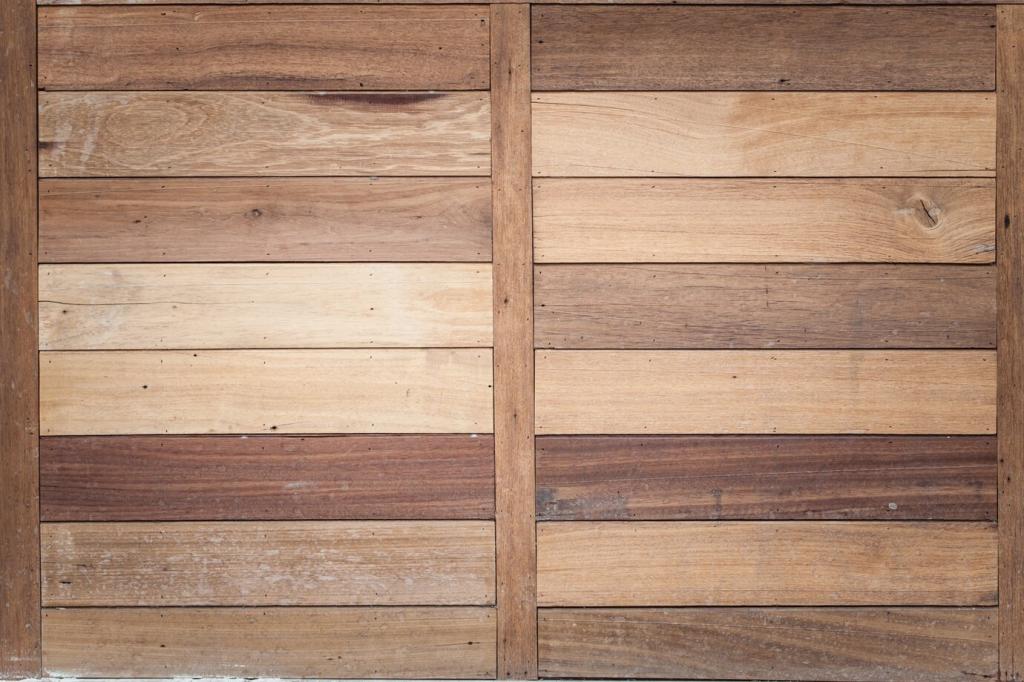Stories from the Skyline: Inspiration and Proof
A famed municipal rooftop demonstrated how natives thrive under harsh urban conditions, while reducing heat gain and managing storms. Staff recounted lunches amid blooms, a quiet oasis above traffic. What public building in your city could host the next landmark?
Stories from the Skyline: Inspiration and Proof
This broad living roof showcases coastal planting and pollinator support, reminding us that big rooftops can serve entire neighborhoods. Visitors often recount seabirds circling above a living prairie. Subscribe to learn how large footprints change rain cycles block by block.
Stories from the Skyline: Inspiration and Proof
In one reader’s building, residents traded hallway hellos for weekend planting parties. Herb planters caught on, and a shy kid tracked butterflies for a science fair. Share your rooftop traditions, and inspire others to welcome nature back home.
Stories from the Skyline: Inspiration and Proof
Lorem ipsum dolor sit amet, consectetur adipiscing elit. Ut elit tellus, luctus nec ullamcorper mattis, pulvinar dapibus leo.







